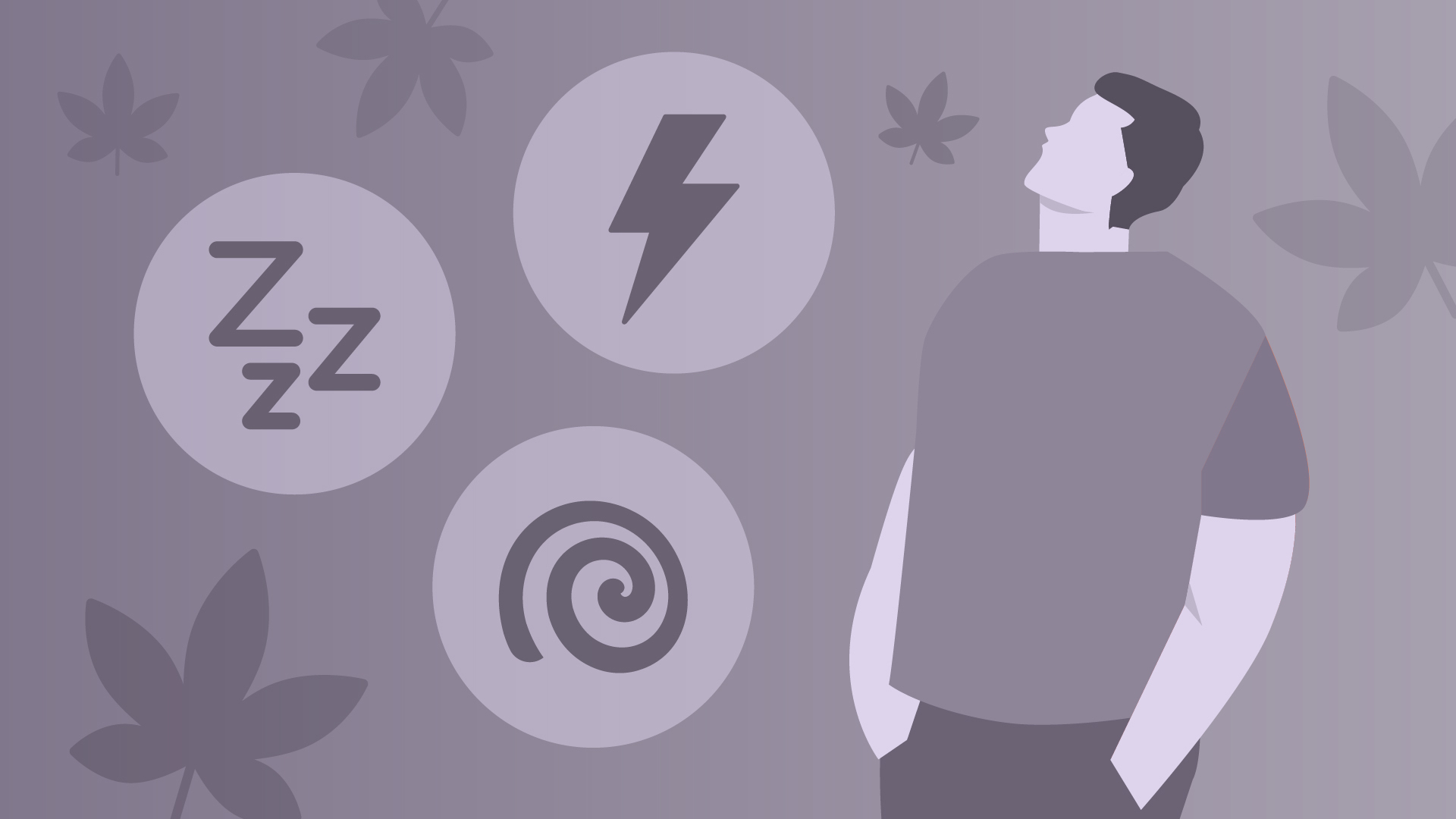
Is Cannabis a Stimulant, Sedative or Hallucinogen?
A few years ago some friends and I shared a joint by the fire. Fifteen minutes later most of us were super chilled and chilled. However, one of us became paranoid, refused to speak and hid in a dark room, and another (who admittedly smoked a lot more than her fair share) reported seeing gremlins hiding in the bushes. As I questioned my friends and myself, I asked myself: How can one plant evoke so many different reactions?
Part of the appeal of cannabis is that it can encompass a range of different experiences. Technically, it’s a stimulant, a sedative, and a hallucinogen, all rolled up in one humble, fragrant plant.
The effects you experience from consuming cannabis depend on several factors, such as the plant’s unique chemical profile or its composition of cannabinoids and terpenes. For some, a THC-heavy plant with fresh citrus terpenes will deliver an uplifting, cerebral high. For others, a strain with equal parts THC and CBD can induce feelings of deep relaxation.
What is the difference between stimulants, tranquilizers and hallucinogens?
Substances are commonly classified into four categories: stimulants, tranquilizers, hallucinogens, and opioids. Stimulants can make you feel energetic, sedatives can make you relax or sleepy, and hallucinogens can alter your perception of reality. These substances produce different effects because they act on the pathways of the brain and body in unique ways.
Stimulants speed up the release of certain neurotransmitters like dopamine, serotonin, and norepinephrine in the central nervous system. The central nervous system processes information and coordinates activities throughout the body. Depressants increase the activity of a specific neurotransmitter, GABA. When GABA activity increases, the central nervous system slows down.
Hallucinogens work a little differently. A wide range of substances can produce hallucinogenic effects in different ways, but one mechanism common to all hallucinogens is the activation of 5-HT2A receptors. These receptors belong to the serotonin receptor family.
Is weed a stimulant?
Stimulants are substances that stimulate or speed up the functioning of the central nervous system. They can make you feel conscious, alert, energetic, confident, and euphoric. Stimulants can also increase heart rate, increase blood pressure, and lead to anxiety and paranoia.
The most well-known stimulant of all, caffeine, is available almost everywhere. Other stimulants, such as cocaine or methamphetamine, are illegal and are known as controlled substances. Cannabis can also be a stimulant, elevating mood, increasing energy, and helping to feel focused, and for these reasons people may experiment with weed before a social event, creative project, or challenging workout.
Research shows that THC can boost dopamine release and increase serotonin levels — but these effects depend on dose and consumption patterns. High THC doses or heavy long-term use can have the opposite effect.
Anecdotal research suggests that strains that are primarily THC dominant can help energize and stimulate. The presence of bright, uplifting terpenes can also play a role in providing a high. Spicy citrus notes, woody pine aromas, and even the scent of tropical mango can also contribute to an energizing high.
Three types of weed with stimulating properties
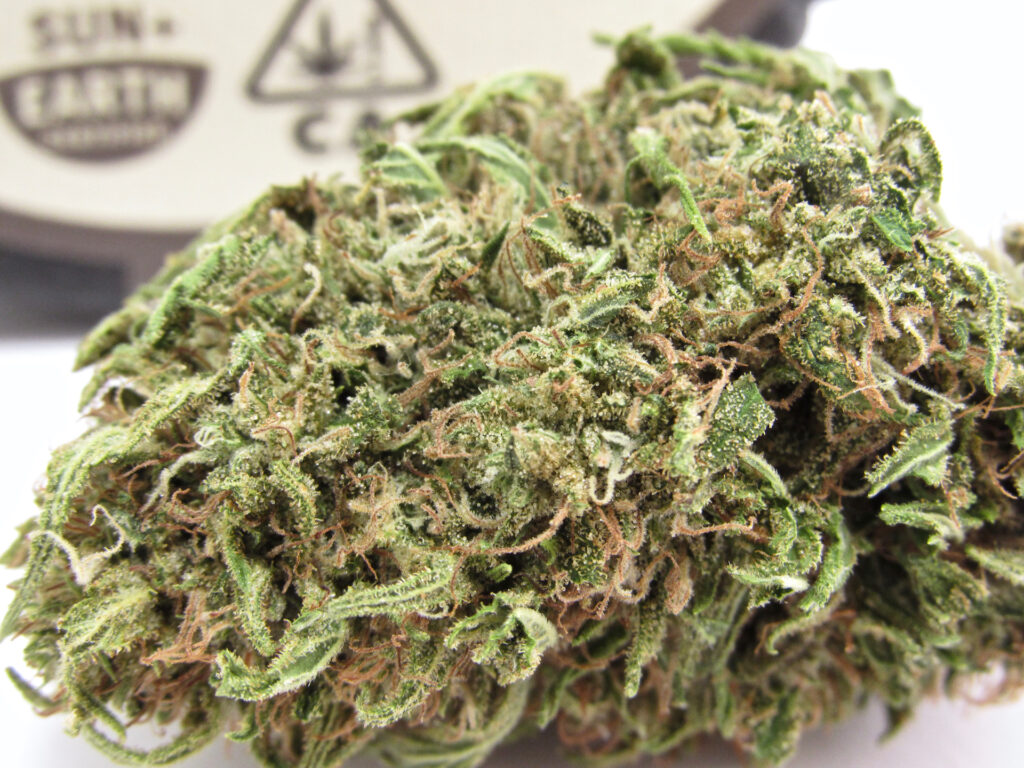
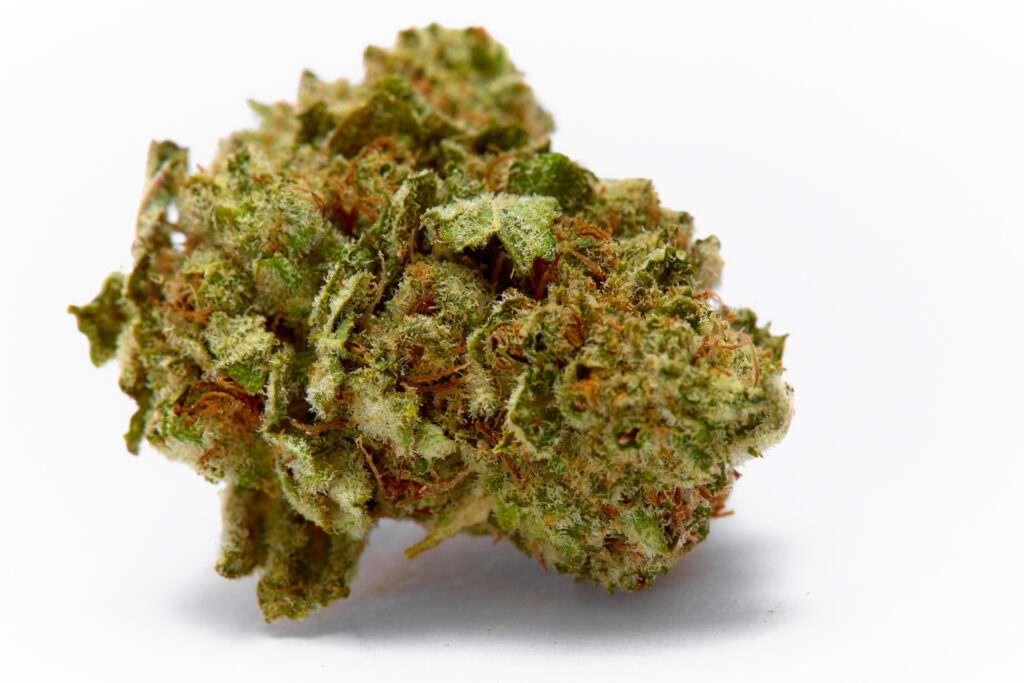
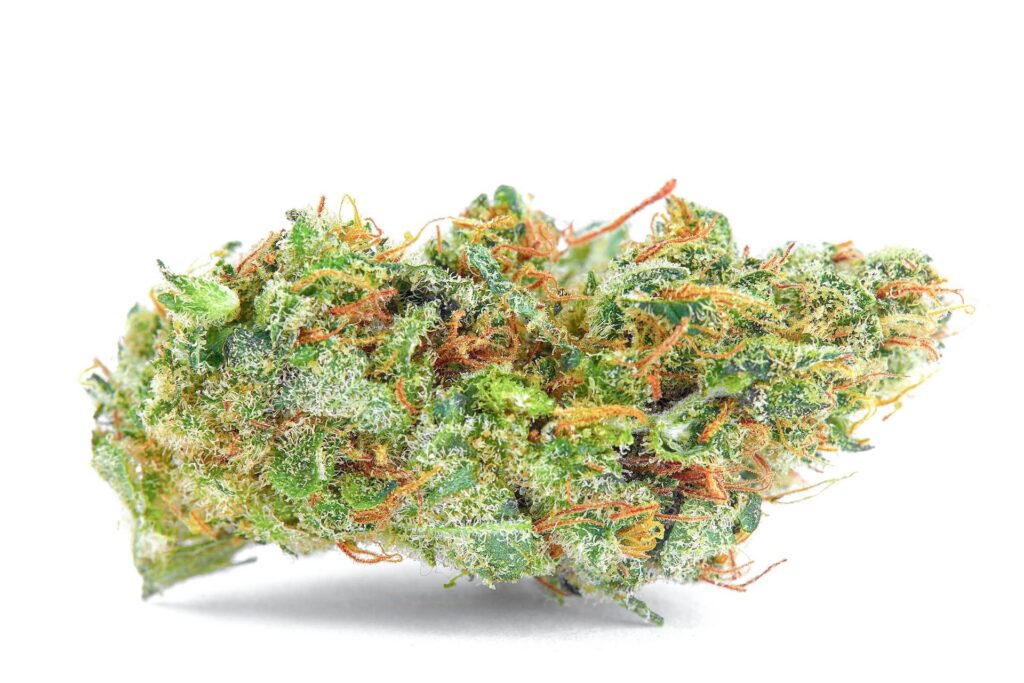
- Durban Poison: Referred to by some as the cannabis espresso, THC-dominant Durban Poison is widely recognized as one of the most energizing strains out there. Predominant notes of fresh pine and candied lemon also help uplift mood and improve focus.
- Sour diesel: Named for its skunky, diesel-like aroma, Sauer D is also known for its stimulating effect. Like Durban Poison, this strain is THC dominant. Users often remark that she delivers an energizing high that is also very cerebral.
- Green crack: Dubious name Green crack is another popular strain for those looking for an uplifting high. With 17% THC and a mango flavor (thanks to its myrcene content), Green Crack is sometimes compared to a tropical energy drink.
Is weed a tranquilizer?
Cannabis can also be classified as a tranquilizer along with alcohol, benzodiazepines, and other substances. Research shows that cannabinoids affect GABA levels: In one animal study, for example, cannabis increased GABA activity. In a clinical study of people with and without Autism Spectrum Disorder (ASD), CBD increased GABA levels in people without ASD. As previously mentioned, when GABA activity speeds up, central nervous system function slows, so the speed at which messages are passed between the brain and body also slows down.
In other words, depressants produce opposite effects to stimulants and can relax muscles, calm nerves, and cause a person to feel mentally relaxed. However, high doses of sedatives can cause drowsiness and affect coordination and concentration. So it’s no surprise that smoking a ton of weed and driving can be potentially dangerous.
Weed with a higher percentage of CBD to THC can induce feelings of relaxation without inducing couch lock. On the other hand, weed with a slightly higher THC to CBD ratio can provide a more calming experience. A dash of anxiolytic terpenes or smaller cannabinoids like CBG can further increase relaxation.
Three varieties with cushioning properties
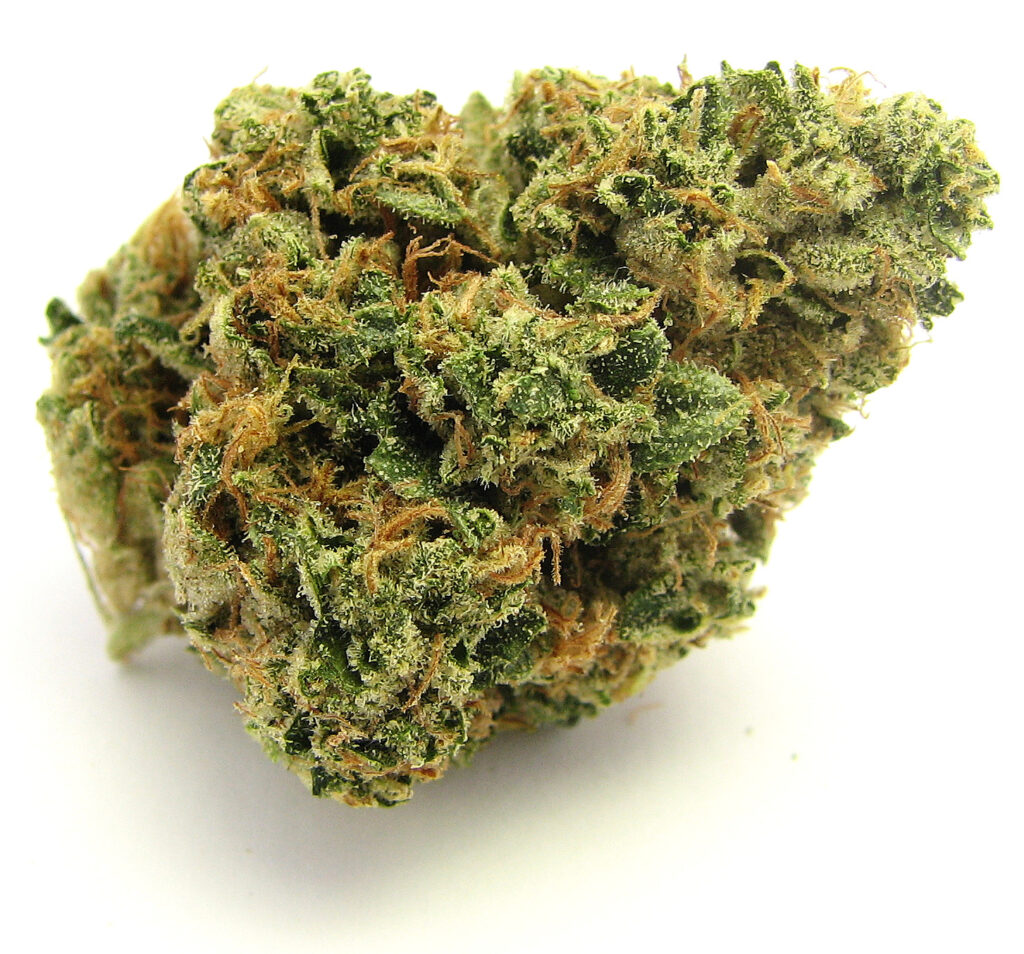
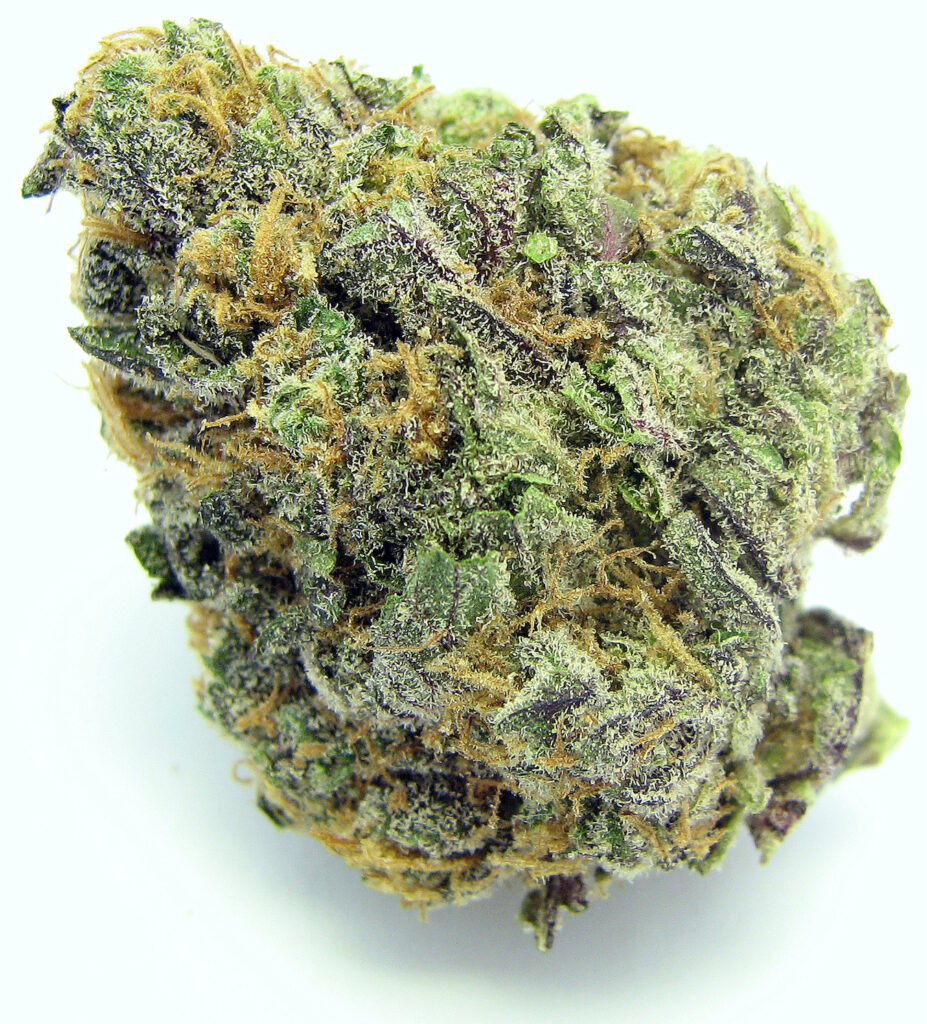

- AND cush: With its earthy, woody tones, AND cush is loved by many for its grounding, down-to-earth and stress-relieving vibe. OG Kush is THC dominant, which can cause heavy eyelids or couchlock in some.
- Grandpa Lila: This well-known strain delivers a fusion of cerebral euphoria, deep physical relaxation, and semi-sedating effects. With deep purple buds, grandfather purple exudes an aroma reminiscent of grapes and berries.
- Cannatonian: CBD-dominant Cannatonian provides a tonic for life’s stressors and induces sensations of deep physical relaxation. Many consumers rely on this earthy strain as a super gentle antidote to anxiety.
Is weed a hallucinogen?
While there has been some disagreement as to whether or not weed qualifies as a hallucinogen, the general consensus is that cannabis can produce hallucinogenic effects. Hallucinogens (also known as psychedelics) are substances that alter perceptual, mood, and thought processes. Some common psychedelics are psilocybin mushrooms or LSD.
Psychedelics can produce a range of effects, including an altered sense of time, heightened emotions, or seeing things that appear distorted or nonexistent. They can also affect the body physically by increasing blood pressure and respiratory rate. Similar to stimulants, high doses of hallucinogens can cause anxiety and paranoia.
Cannabis doesn’t always cause hallucinogenic effects, but when it does, they’re generally associated with high-THC strains. A recent study also suggested that tripping is more likely to occur after consuming very high doses of delta-9-THC alone than whole-plant cannabis with a mix of cannabinoids and terpenes. The same study also suggested that unlike other psychedelics, cannabis might produce psychedelic effects, with more muted effects on emotions and thought processes.
Three strains with hallucinogenic properties
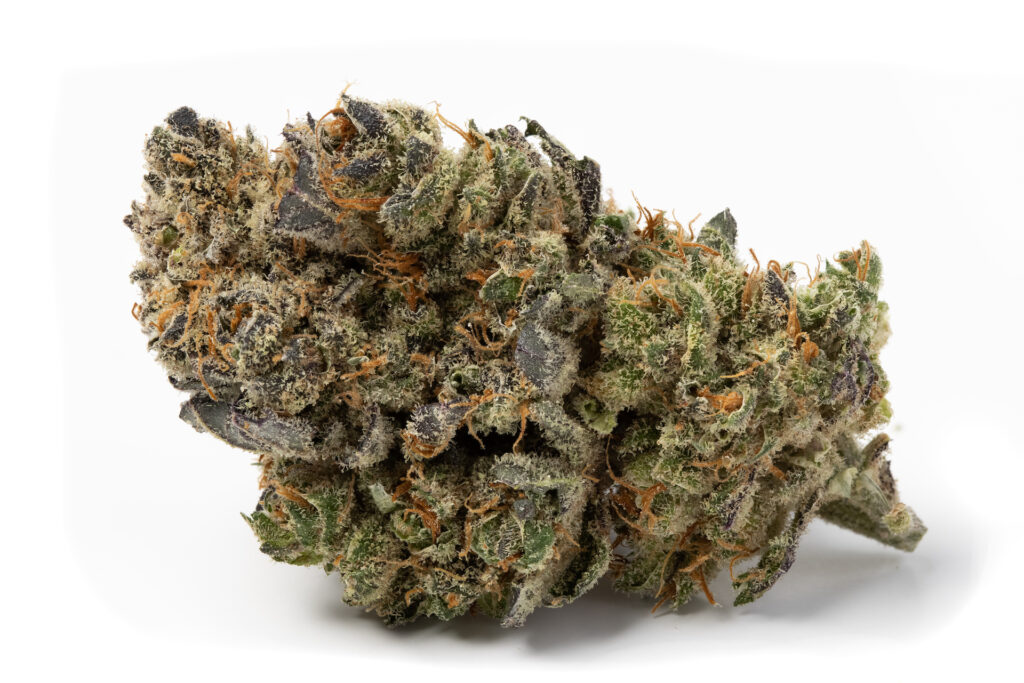
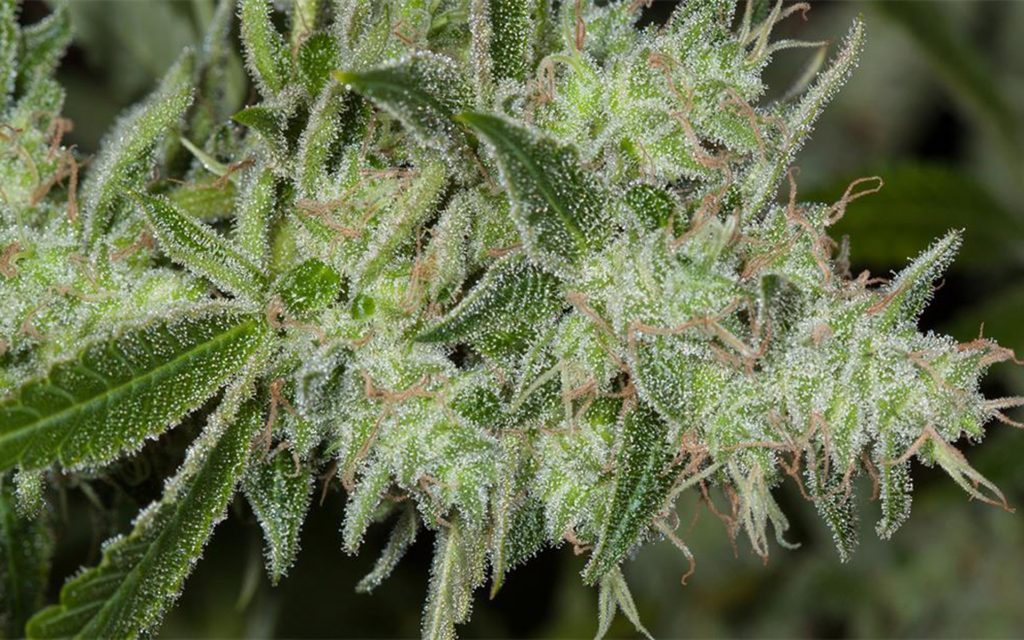
Super Lemon Haze: With around 19% THC, this sweet but zesty strain produces a potent, semi-psychedelic high that hits home fast. Super Lemon Haze is a member of the Haze family of strains, known for producing trippy effects.
LSD cannabis strain: It’s probably not too surprising that a strain of weed with “LSD” in its name is known for its hallucinogenic properties. The weed strain LSD has gained a reputation for giving users a powerful euphoric and cerebral high reminiscent of an acid trip.
Trippy Gorilla: As her name suggests, this THC-heavy strain (with over 25% THC) offers a whimsical, trippy experience. Consumers who have tried Trippy Gorilla report slight visual changes, euphoric feelings, and an altered sense of time and space.
Psychedelic effects are also common when consuming the hemp-derived compound THC-O. Said to be up to three times as potent as delta-9-THC, this cannabinoid is making waves among consumers looking for a powerful psychedelic experience. However, there is currently debate about the legality of THC-O and concerns about its safety.
What other factors influence the effects of weed?
As illustrated above, weed pushes the boundaries of stimulants, tranquilizers and hallucinogens; it is a versatile little plant. While the chemical profile of different strains influences whether it produces relaxing or uplifting effects, other factors also come into play.
Various factors such as a person’s body fat and metabolism, method of administration, personal tolerance, and even age can subtly (or significantly) affect how a person responds to weed – meaning the same strain can affect people differently. However, one of the most influential factors is the dose.
Both CBD and THC produce dose-dependent effects. For example, a low dose of CBD tends to reduce anxiety, while a high dose can increase it. Similarly, another study showed that a low amount of THC (7.5 mg) helped individuals moderate their response to stress, while a high dose (12.5 mg) increased anxiety, stress, and negative mood.
In general, the rule of thumb is to start low and go slow, giving yourself time to observe and adjust to the effects of cannabis. Once you become comfortable with your personal tolerance and base dosage, you can experiment with dosages and different strains to achieve stimulating, depressant, or even psychedelic effects.
Emma Stone
Emma Stone is a New Zealand-based journalist specializing in cannabis, health and well-being. She has a Ph.D. in sociology and has worked as a researcher and lecturer, but prefers to be a writer. She would enjoy spending her days writing, reading, walking outdoors, eating, and swimming.
Check out Emma Stone’s articles
By submitting this form, you are subscribing to Leafly news and promotional emails and agreeing to Leafly’s Terms of Service and Privacy Policy. You can unsubscribe from Leafly email communications at any time.

Post a comment: